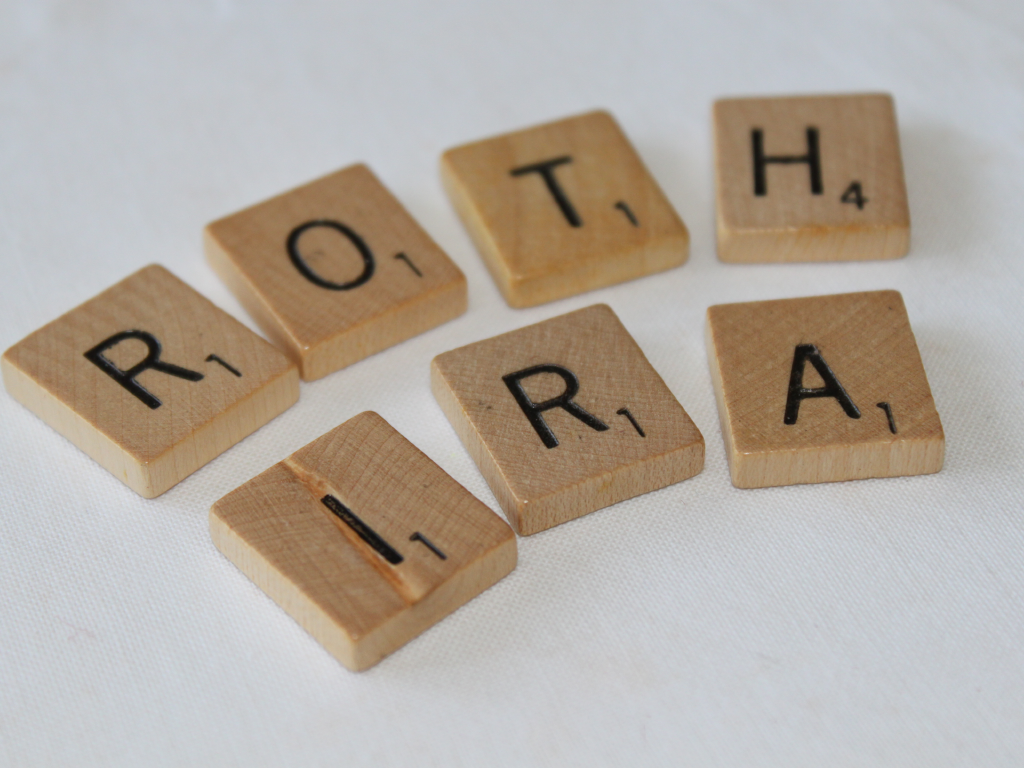
Before moving all your assets from a traditional individual retirement account to a Roth version, you might want to consider leaving some behind.
Yes, Roth IRAs grow tax-free, qualified withdrawals are untaxed and the accounts come with no lifetime required minimum distributions, or RMDs. However, traditional IRAs offer some potential tax benefits that disappear once the money is moved.
Those benefits generally relate to medical expenses, charitable contributions and business losses (explained further below).
“The whole idea behind managing taxes in retirement is that you want to get as much money out of your accounts at the lowest possible cost,” said Ed Slott, CPA and founder of Ed Slott and Co. in Rockville Centre, New York.
“I’m a big Roth fan, but if you can get your taxes lower, you may want to hold back some of your money in the traditional IRA,” Slott said.
When you roll over money from a traditional IRA to its Roth counterpart, the amount moved is taxed as ordinary income. Because of that, financial advisors generally recommend that the rollover is done when you’re in as low a tax bracket as possible.
While the strategy translates into tax-free income available down the road, it also means you will have already paid taxes on the conversion, so there’s no opportunity to reduce your rate further. On the other hand, if you leave too much in the IRA, the result may not be in your favor (i.e., higher RMDs and taxes).
“If you think that you could have these future expenses then, sure, it might make you want to keep money in the traditional IRA,” said CPA Jeffrey Levine, CEO of BluePrint Wealth Alliance in Garden City, New York. “But it needs to be driven by your personal circumstances and situation.”
Medical expenses
Health-care costs tend to be a major expense for older Americans — to the tune of about $285,000 over an average couple’s retirement, according to Fidelity Investments.
That doesn’t include the cost of long-term care — help with daily living activities such as eating and dressing — which about two-thirds of 65-year-olds can expect to face at some point over the rest of their lives, according to government estimates. And generally speaking, those expenses aren’t covered by Medicare.
At the same time, a tax break for medical expenses is one of the few remaining deductions available to individuals since the new tax law took effect in 2018. While it’s limited to the amount that exceeds 7.5% of your adjusted gross income (for 2019 and 2020) and you must itemize your deductions to take advantage of it, people with high medical bills can potentially reduce their taxes by using it.
To take the deduction, you must have taxable income to weigh it against — which means that if much of your income is coming from a Roth IRA tax-free, you could be limited in whether you can take advantage of the break.
On the other hand, if you took money from a traditional IRA — whose withdrawals are taxed as ordinary income — to cover those health costs, you could use the medical deduction against that withdrawal. That could mean paying less in taxes than what you had paid by rolling that money into a Roth.
“It’s not unusual these days to see someone claiming $100,000 in medical expenses,” Slott said.
Qualified charitable distributions
If you give money to charity each year, keeping money in your traditional IRA to make those donations could make sense.
Contributions made through so-called qualified charitable distributions — funds sent directly to the charity from a traditional IRA — are excluded from your taxable income.
In contrast, the tax break for charitable contributions — like the break for medical expenses — can only be used if you itemize your deductions. And, generally speaking, a deduction is not as valuable as an income exclusion.
This strategy, though, is only available to IRA owners and beneficiaries who are age 70½ or older. So once RMDs kick in (now age 72), the move could potentially reduce your tax liability on the RMD to zero.
“If your RMD is $5,000, but you give $5,000 to charity anyway, do the qualified charitable distribution and you don’t have to pick up any of the income,” Slott said.
Business losses
As is the case with the deduction for medical expenses, business losses can only be claimed on your tax return if you have income to claim them against.
So if you’ve moved all of your traditional IRA funds to a Roth, and your business has a bad year or two, those losses would not be deductible against Roth withdrawals.
General tax considerations
The way the U.S. tax system works is that regardless of your overall income, any amount that falls into each of seven defined brackets is taxed at a specific rate.
In other words, whether someone has income of $20,000 or $2 million, the lowest federal rate — 10% — applies to a certain amount of that income (for 2020, that’s zero to $19,750 for a married couple and up to $9,875 for a singles). The next-lowest rate (12%) applies to another range of income, and so on — with the top rate of 37% applying to income above $622,050 for married couples and $518,400 for singles.
So, the more income you can get taxed at lower rates, the better, Slott said.
